

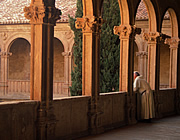
A journey undertaken for many reasons - to see more of the "true" Spain, an interest in the peninsular war, searching for new wines - relaxation didn't really come into it! Our overly ambitious initial plans coalesced into an itinerary covering the cities and surroundings of Toledo, Salamanca, Haro and Segovia.
Toldeo, Haro, Rioja, Sajazzara, Segovia, El Escorial
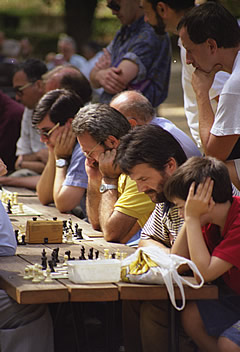
Early start to Madrid from Toledo in 1997 - it was a Sunday so we hoped it wouldn't be too crowded! Parked right outside the Prado - the main reason for coming. This is a huge place so best to have a plan.
After two and a half hours inside we were tired. Lots of wonderful Spanish paintings, of course the wonderful Velazquez "Las Meninas o la familia de Felipe IV" plus a lovely Roger van der Weyden "The Descent from the Cross", a fantastic Goya "The Third of May 1908" and a wonderful Durer self-portrait looking very dashing in his stripey cap.
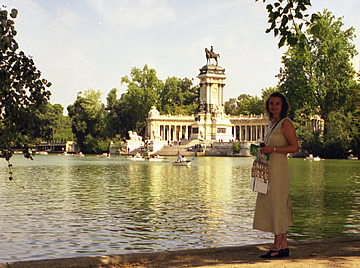
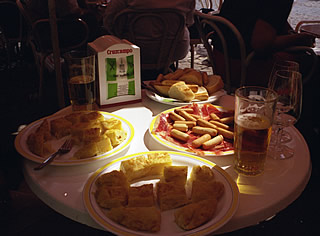
It was another very hot day and we walk into the Retiro Park for a beer. Lots of things going on in the park including a number of chess games.
On to the Plaza Mayor where the Madrid wine festival was taking place - we tasted one or two and were singularly unimpressed. We had an excellent lunch here, though, of spanish omelette - cold as usual - and dried ham which was very good.
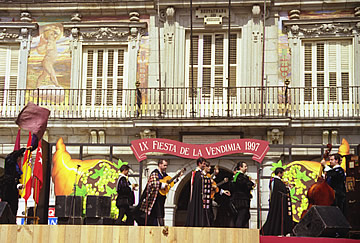
A visit to the Thyssen-Bornemisza museum which has some fantastic paintings - pick out a beautiful Ghirlandaio: "Giovanna Tornabuoni, "Guidobaldo da Montefeltro" by one of my favourite artists Piero della Francesca, a fantastic "Henry VIII" by Holbein the younger and a stunning Rembrandt self-portrait. There is probably lots more I would love here but we've had it for the day.
Returned very tired to our hotel and a final excellent meal and bottle of Cencibel.
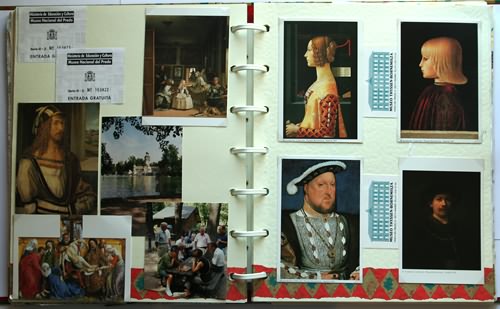
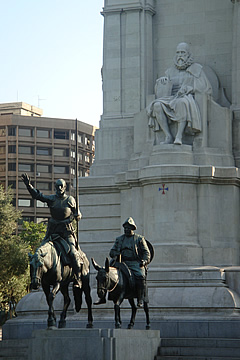
In 2009 we returned to Madrid and explored the city a bit more.
Once a Moorish city, Madrid became Christian when it was taken by Alfonso VI in the eleventh century. In 1561 Felipe II moved the royal court to Madrid, effectively establishing the city as the capital of Spain. It lies at almost exactly the geographic centre of the country at quite a high elevation of around 650m above sea level, so that the climate is quite extreme with cold winters and hot summers.
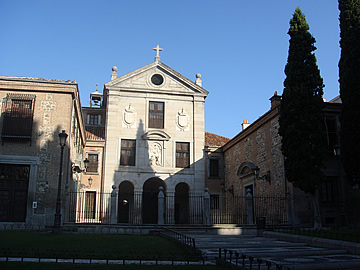
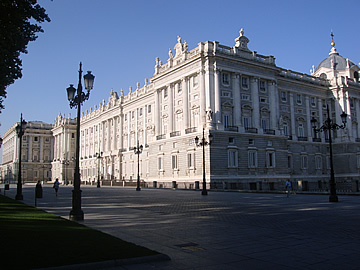
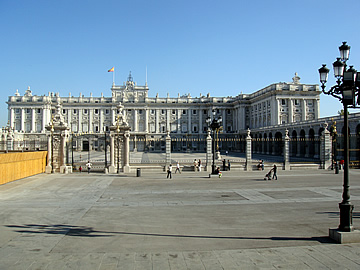
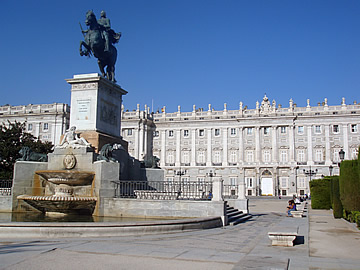
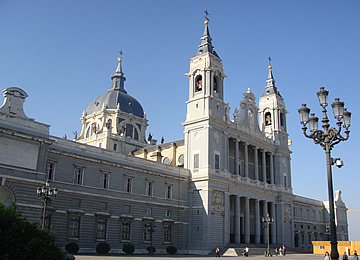
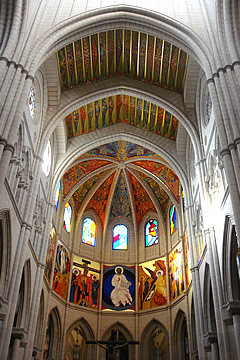
Almudena Cathedral is modern with a lovely colourful interior of painted panels and stained glass.
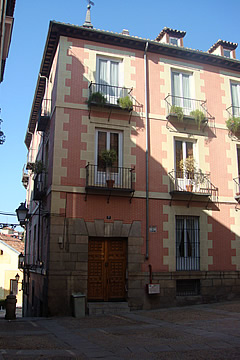
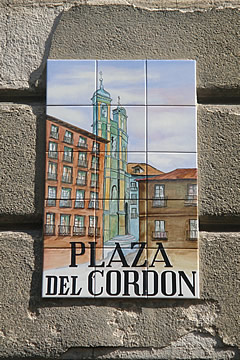
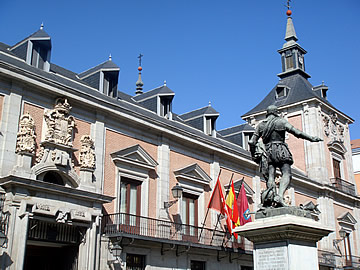
Plaza de la Villa, west of Plaza Mayor, is a peaceful spot surrounded on three sides by buildings in different architectural styles. 15th century Casa de los Lujanes, a 16th century plateresque palace Casa de Cisernos, and 17th century Casa de la Villa in barroco madrileno - a restrained baroque architectural style.
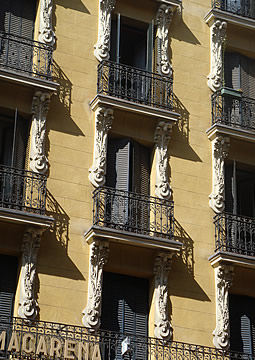
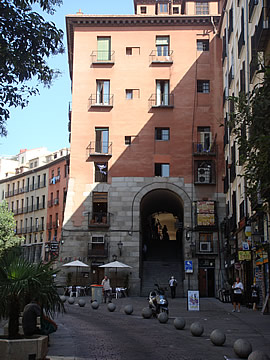
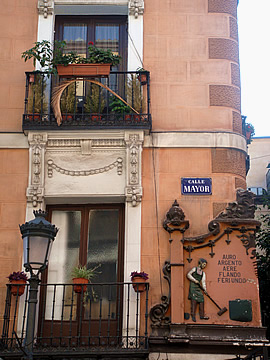
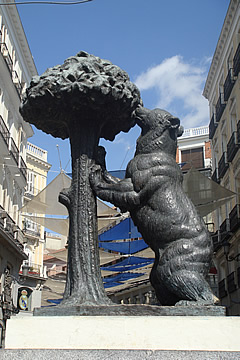
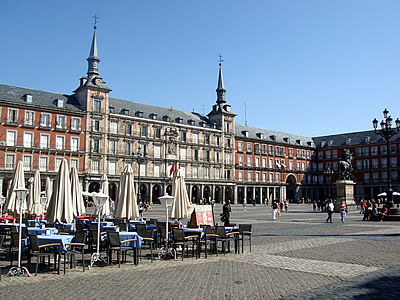
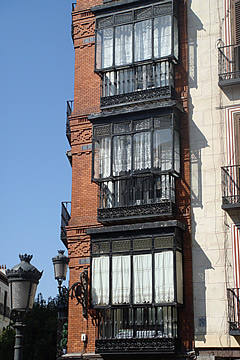
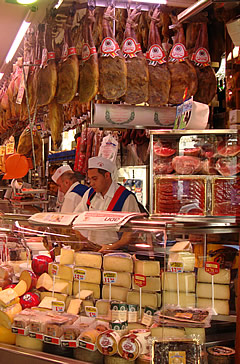
I spent the day wandering the city - it was extremely hot so a very tiring day. I was really looking just to experience the feel of the place, rather than delving too deeply into history or visiting prominent buildings or sites.
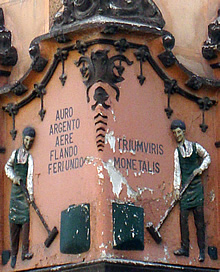
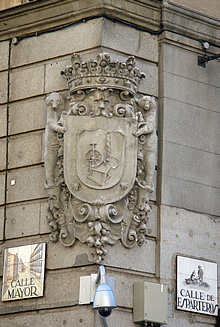
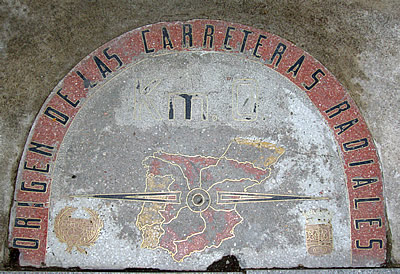
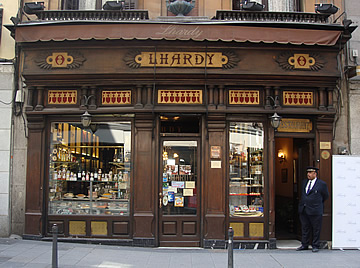
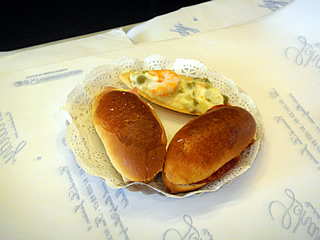
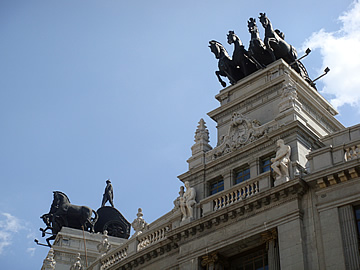
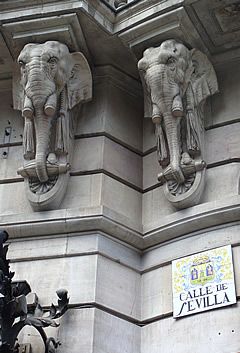
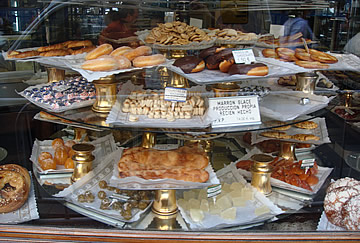
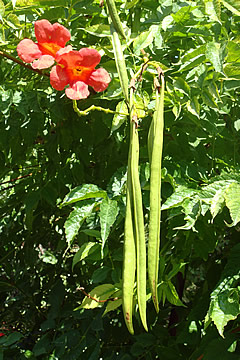
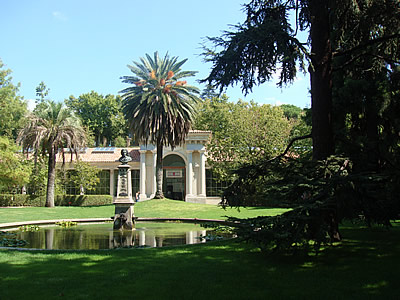
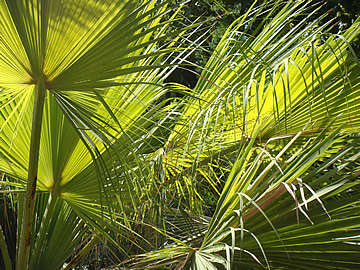
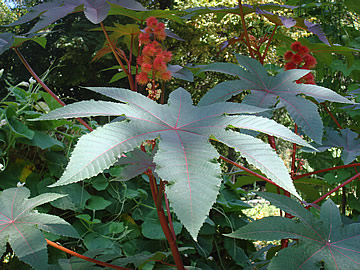
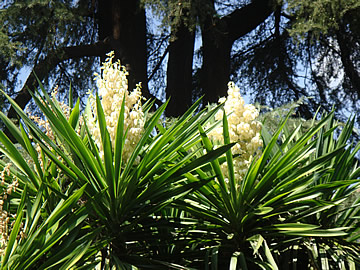
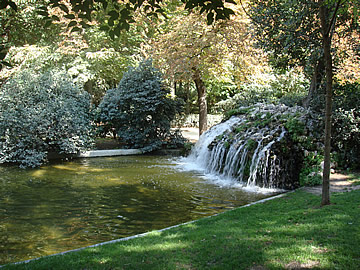
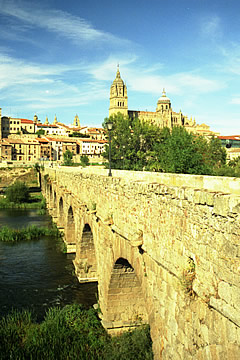
The Gran Hotel in Salamanca is perfectly placed on the corner of the main square for visiting this beautiful city. After checking in we went for a walk in the town which we liked immediately. It is a beautiful University city and we spent some time wandering around. In the late afternoon the light is great for photographs both in the city and from across the Roman bridge.
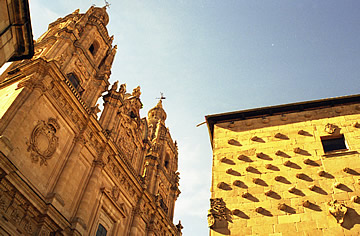
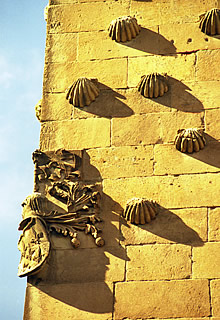
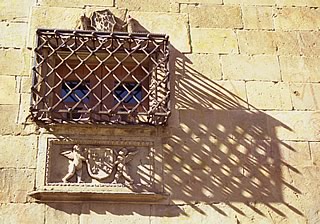
The golden Casa de las Conchas (House of Shells) immediately became a favourite - the decoration of this fifteenth century house is just beautiful.
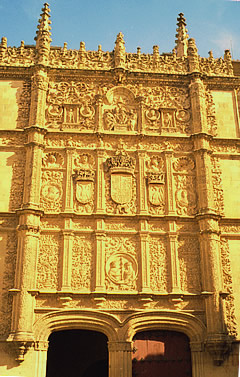
The most magnificent example of Salamanca Plateresque can be found at the University. The entrance was created in 1534 and is richly carved in great detail.
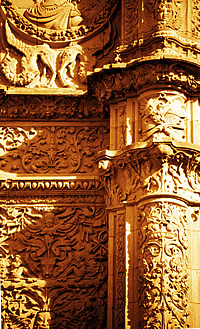
This is the oldest University in Spain though most of what we see dates from the fifteenth and sixteenth centuries. The cloisters are very peaceful and have a most unusual arch design.
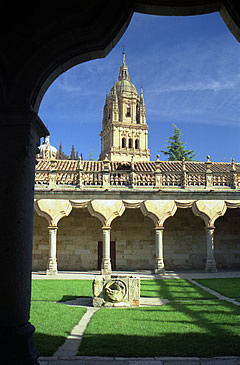
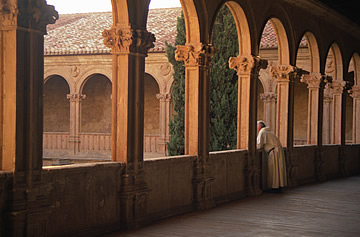
Salamanca has two cathedrals, the twelfth century old and the sixteenth century new, though the latter was still being added to in the eighteenth century and is thus a mixture of styles from Gothic to Baroque. The two cathedrals stand side by side in the south of the city above the Roman bridge. The cloisters in the old cathedral are really lovely.
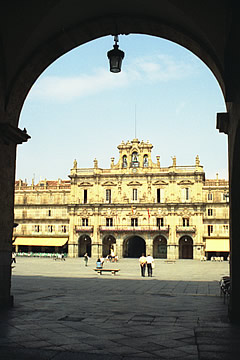
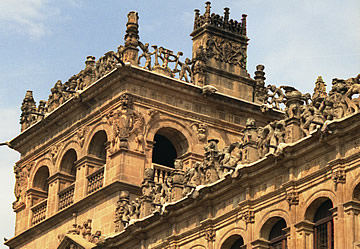
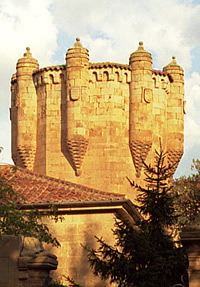
The Torre del Clavero is all that remains of a fifteenth century castle. On the upper level it is octagonal in shape and decorated with shields, Lombardy arches and Plateresque trellis work at the base of the turrets.
Evening meal in the small Feudal Restaurant attached to the hotel - more fine food - and a fine bottle of Ribera - Yllera.
The Los Arapiles battlefield is reached from Salamanca through tiny villages and seems to have changed little in the intervening years since the battle. Returned to the beautiful Plaza Mayor in Salamanca for a most enjoyable long, relaxing lunch - including another bottle of Yllera which we have developed a taste for! We are well into the Spanish way of life now and a siesta seems very civilised.
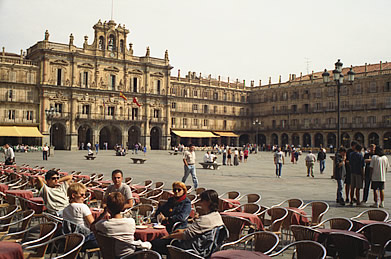
The fine eighteenth century Plaza Mayor is a wonderful place to sit and eat or enjoy a drink at one of the many cafés and watch the world go by. It has a regular "passegiatta" in the early evening where people congregate and walk up and down and meet and chat. On a cooler day we were able to enjoy hot chocolate and churros in the square - very good but we both felt a little sick afterwards. Churros - a kind of deep-fried dough dipped in sugar - are superb.
